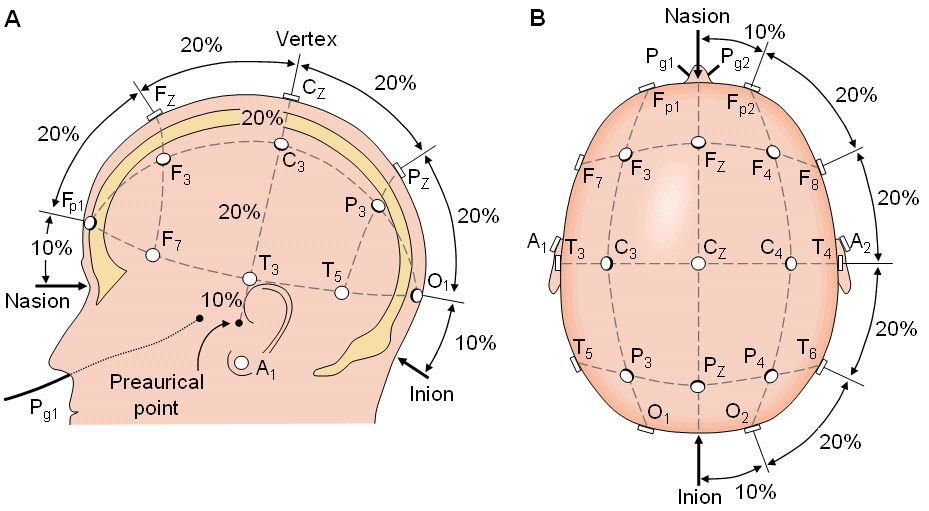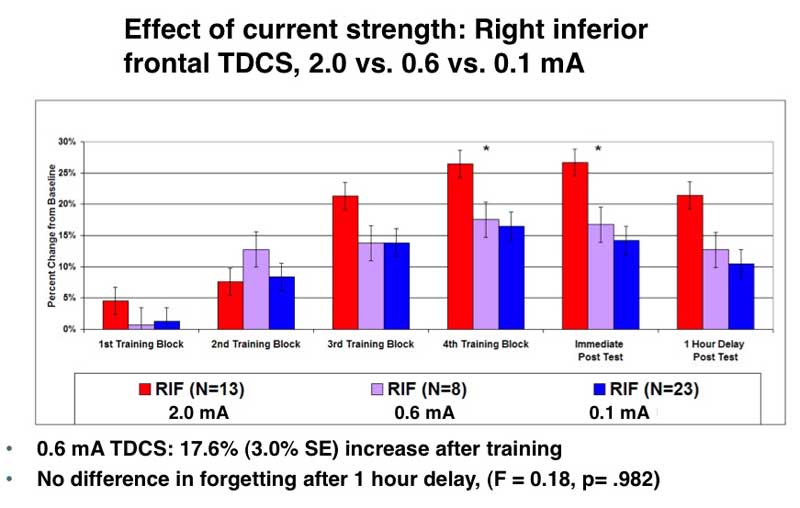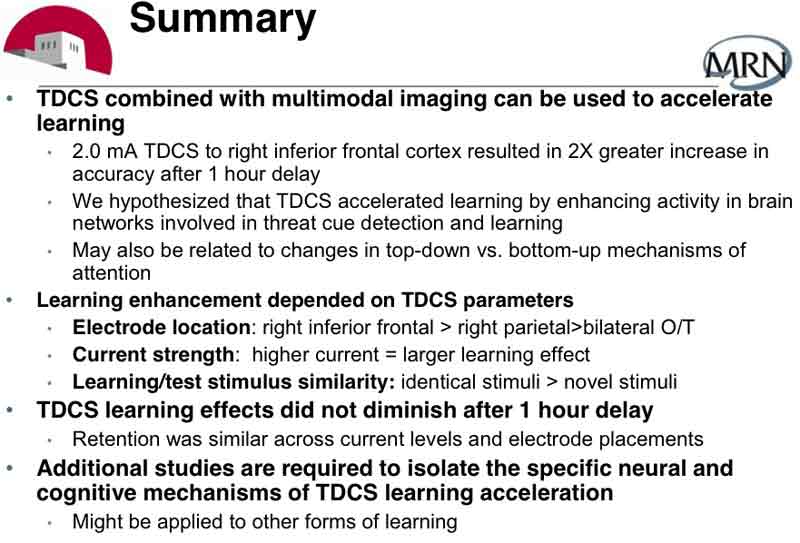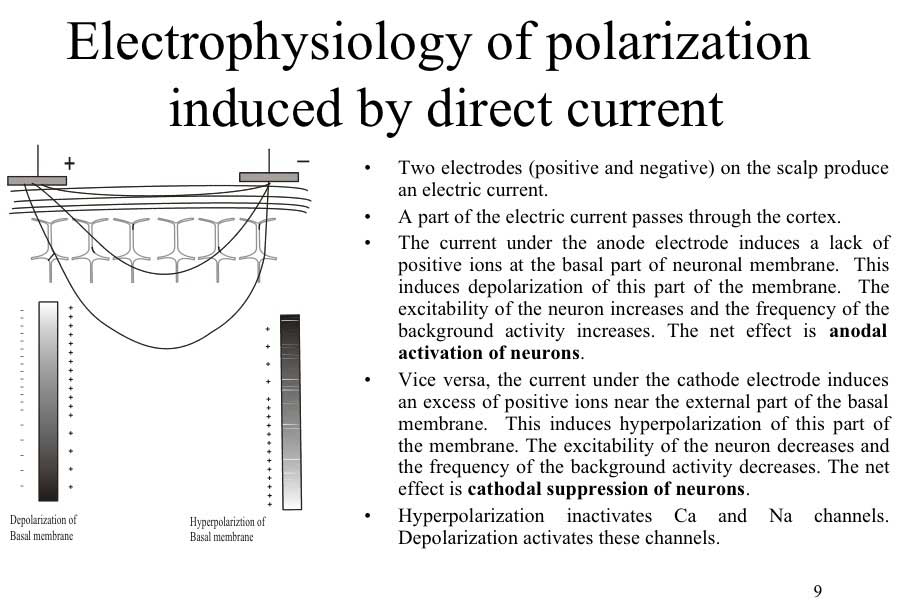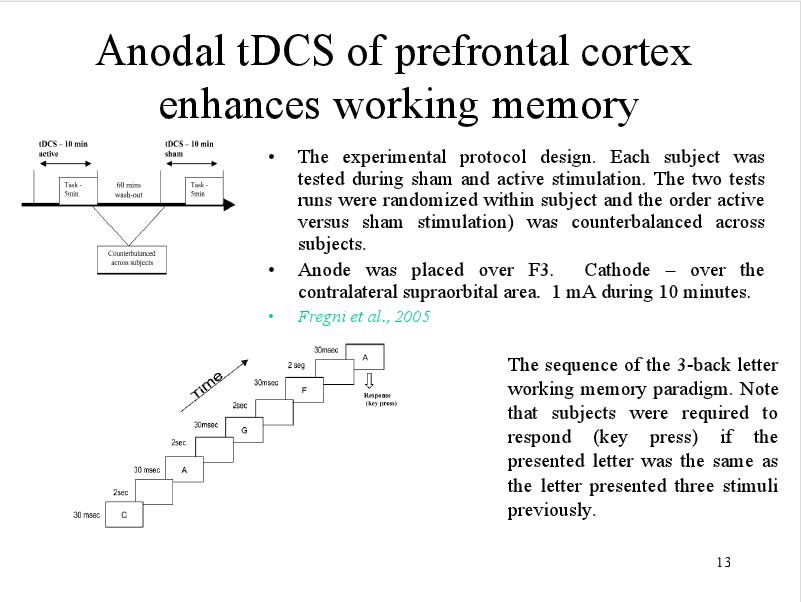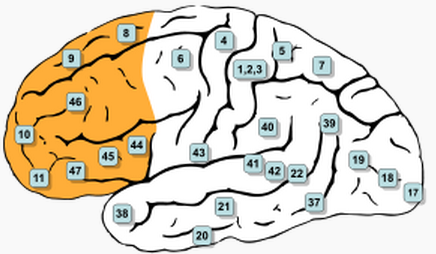 This comes to us via the Neuroelectrics.com blog. I’m very excited to see Neuroelectrics on the scene. I first noticed their device Starstim (pictured), popping up in news around Roi Cohen Kadish’s ongoing tDCS trials at his Oxford lab (see). I believe Neuroelectrics is a Spanish company. What’s especially exciting to me is that they also make an EEG device called Enobio and are working on the ability to map brain activity with EEG while undergoing tDCS. Think about that! Live, in-the-moment feedback on exactly what effect your tDCS is having.
This comes to us via the Neuroelectrics.com blog. I’m very excited to see Neuroelectrics on the scene. I first noticed their device Starstim (pictured), popping up in news around Roi Cohen Kadish’s ongoing tDCS trials at his Oxford lab (see). I believe Neuroelectrics is a Spanish company. What’s especially exciting to me is that they also make an EEG device called Enobio and are working on the ability to map brain activity with EEG while undergoing tDCS. Think about that! Live, in-the-moment feedback on exactly what effect your tDCS is having.
More than 100 studies have been performed using tDCS in healthy controls and in patient populations, and no serious side effects have occurred for a review, see Nitsche and others 2008. Slight itching under the electrode, headache, fatigue, and nausea have been described in a minority of cases in a series of more than 550 subjects Poreisz and others 2007. Detailed studies have been performed to assess the safety of tDCS. These have shown that there was no evidence of neuronal damage as assessed by serum neuron-specific enolase after application of a 1 mA anodal current for 13 minutes Nitsche and Paulus 2001; Nitsche, Nitsche, and others 2003 or MRI measures of edema using contrast-enhanced and diffusion-weighted MRI measures after application of a 1 mA current for 13 minutes anodal or 9 minutes cathodal; Nitsche, Niehaus, and others 2004 […] In addition, a recent study was performed in rats using an epicranial electrode montage designed to be similar to that used in tDCS Liebetanz and others 2009. This demonstrated that brain lesions occurred only at current densities greater than 1429 mA/cm2 applied for durations longer than 10 minutes. In standard tDCS protocols in humans, a current density of approximately 0.05 mA/cm2 is produced.
More about the Neuroelectrics Enobio EEG device.
http://www.youtube.com/watch?v=fg_w6wPehss
via Is tDCS Safe?.

